Geb as the Foundation of the Economy: The Economic Role of the Land
The Economic Role of the Land
Beyond agriculture, the land itself—personified by Geb—was a source of wealth. It provided raw materials such as limestone, granite, gold, and copper, all of which were vital for construction, trade, and tool-making. The wealth extracted from the earth contributed to Kemet’s prosperity, reinforcing the significance of Geb as an economic pillar.

In the context of the book, Geb, the ancient Kemetic principle personifying the earth, is not only a symbol of fertility and agriculture but also a foundational pillar of the economy in Kemet. Beyond its role in agriculture, the land itself, under the stewardship of Geb, was a critical source of wealth and prosperity. The earth provided an abundance of raw materials that were essential for the development and sustenance of Kemetic civilization. These materials included limestone and granite, which were used extensively in the construction of monumental architecture such as temples, pyramids, and statues. Additionally, the land yielded precious resources like gold and copper, which were highly valued for trade, craftsmanship, and tool-making.
The extraction and utilization of these resources were central to Kemet’s economic system. Gold, for instance, was not only a symbol of divine power but also a medium of trade and a measure of wealth. Copper, on the other hand, was crucial for creating tools, weapons, and everyday items that supported both daily life and large-scale projects. The wealth generated from these natural resources contributed significantly to Kemet’s prosperity, enabling the civilization to flourish and maintain its dominance in the ancient world.
Geb’s role as the foundation of the economy underscores the interconnectedness of the natural world and human prosperity in Kemetic thought. The land was not merely a passive resource but a dynamic and sacred entity that sustained life and enabled growth. By honoring Geb, the Kemetic people acknowledged the earth’s vital contribution to their economic and cultural achievements, reinforcing the idea that the land was not just a physical space but a principle that underpinned their entire way of life. This perspective highlights the importance of respecting and harmonizing with the natural world, a principle that remains relevant in contemporary discussions about sustainable development and economic systems.

Great Empire of Kemet
eBook - Kalenda ya Kifalme ya Kemet/Kiafrika - Kemet / Afrikan Royal Calendar Swahili Version
Share
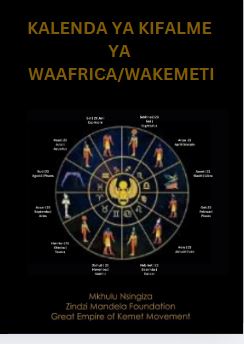
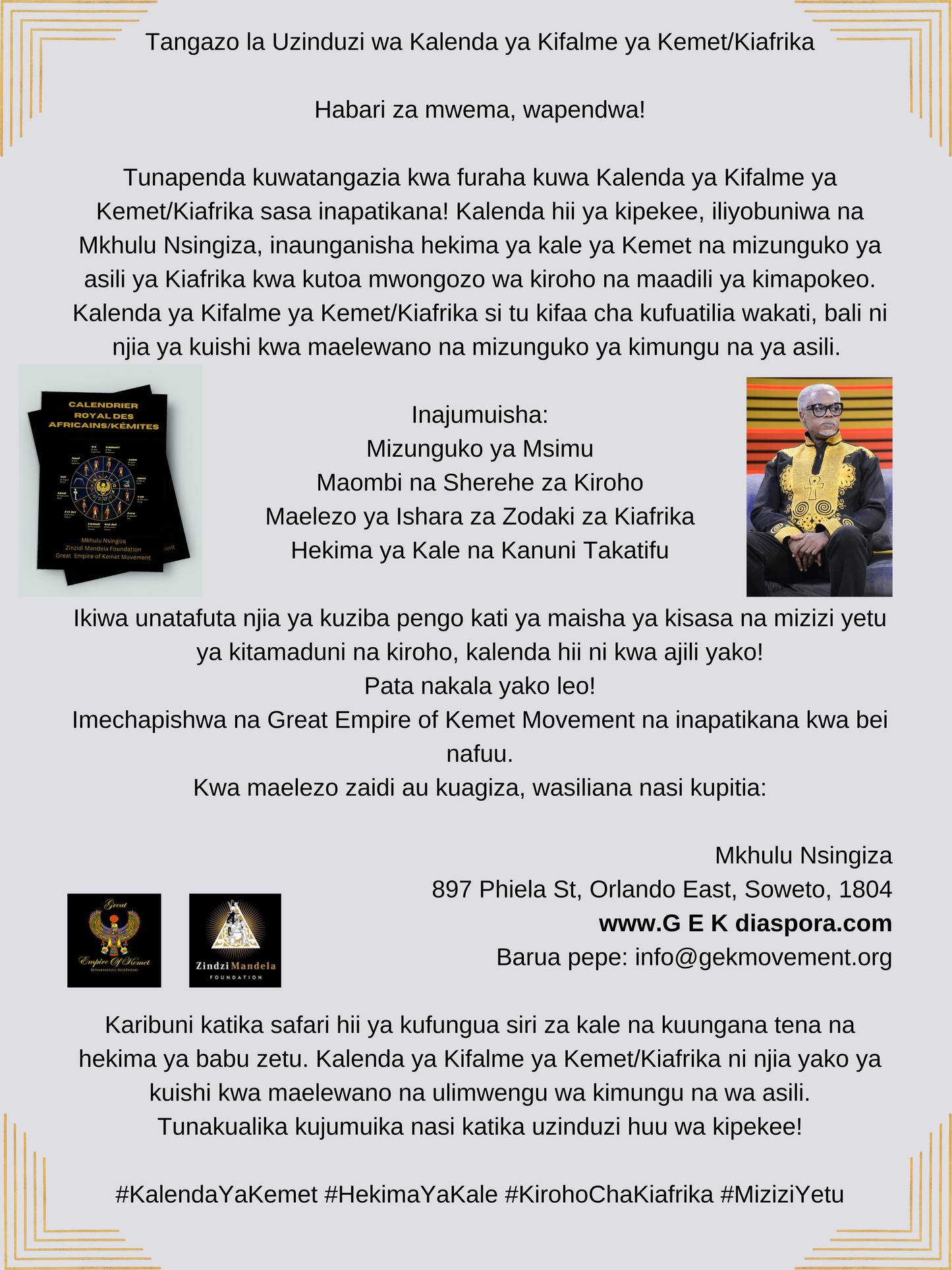
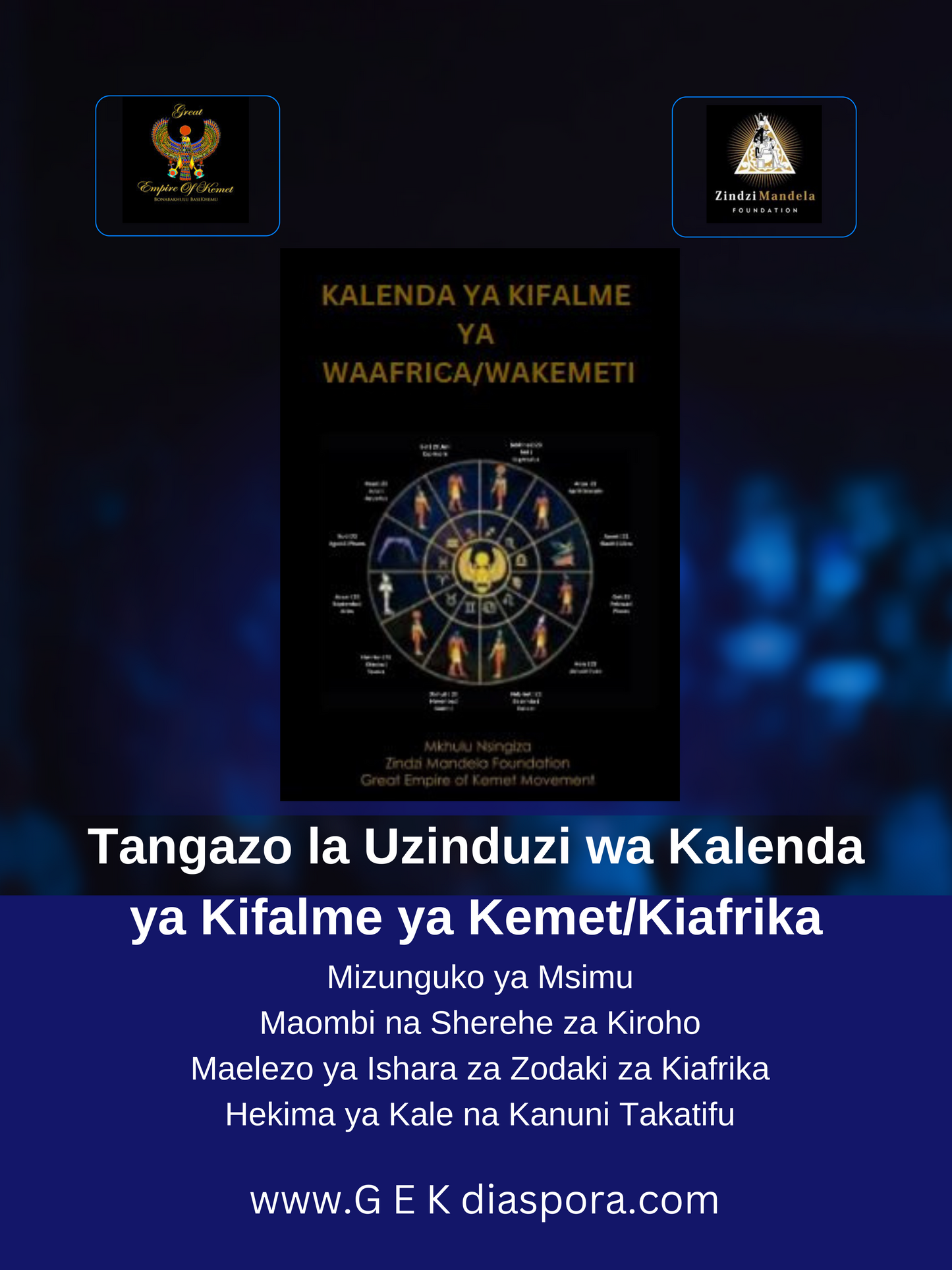
Great Empire of Kemet
eBook Calendrier Royal Africain/Kémites Kemet / Afrikan Royal Calendar Book French Version
Share
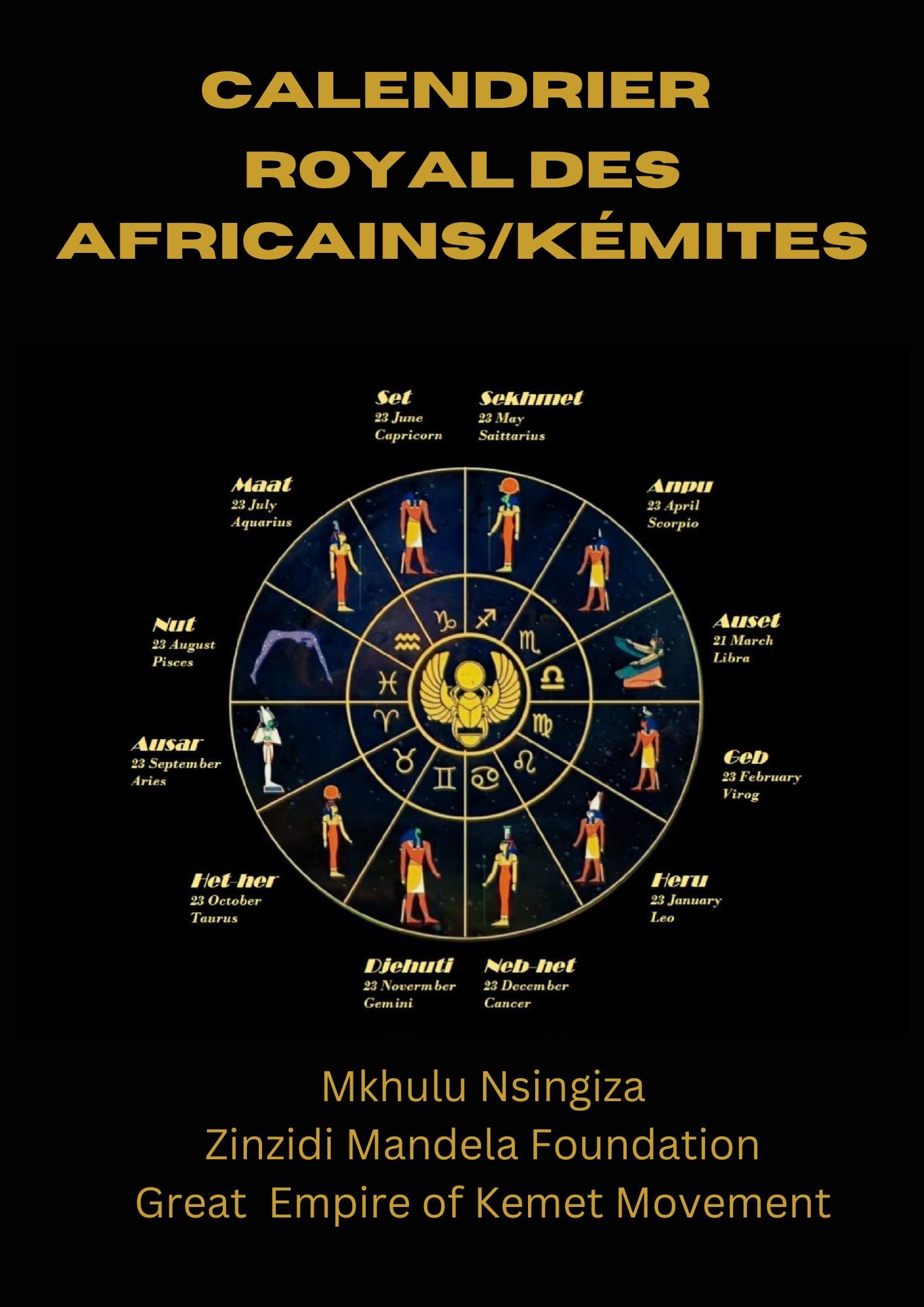
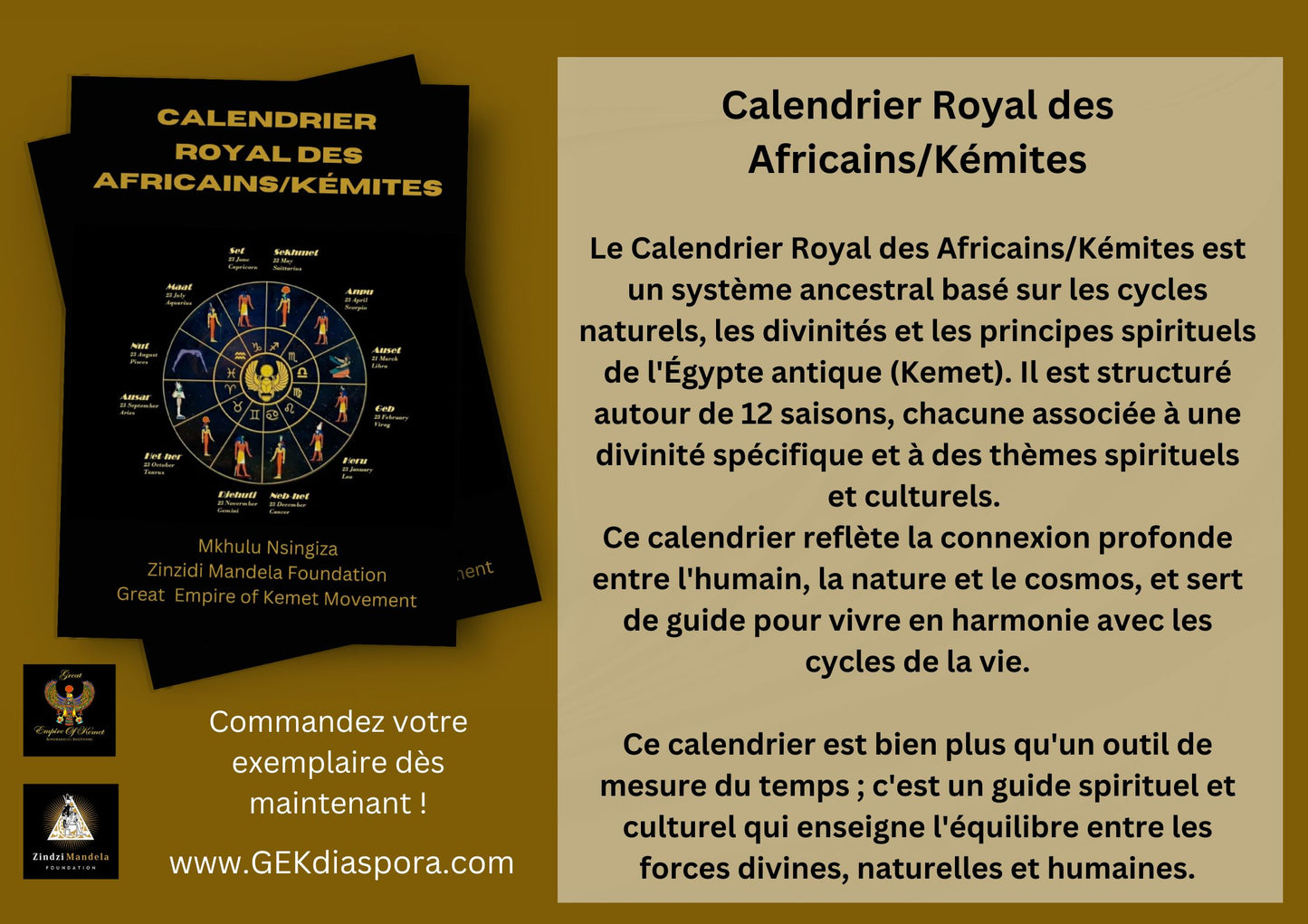
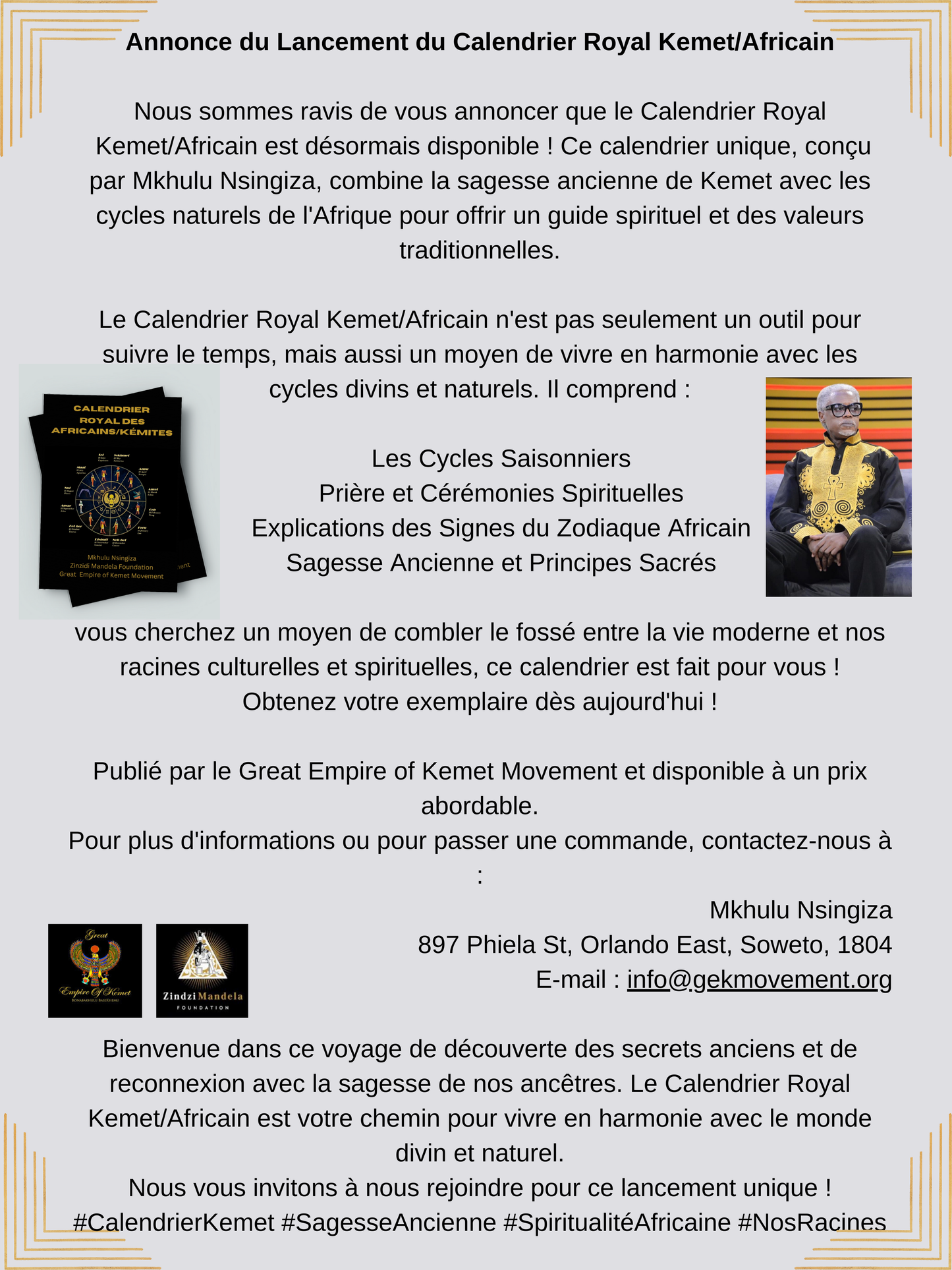
Great Empire of Kemet
Kemet / Afrikan Royal Calendar English eBook
Share



